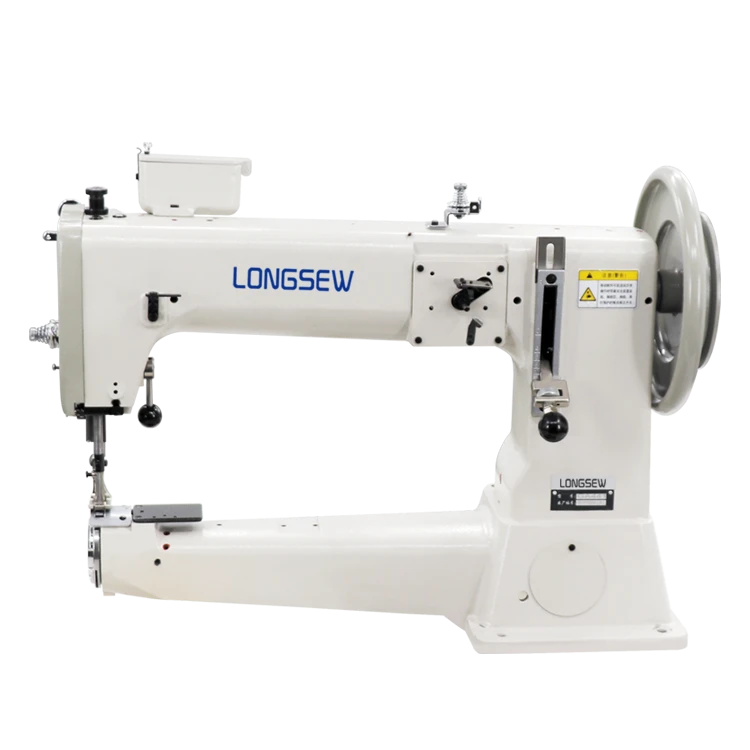sewing heavy fabric
Sewing Heavy Fabric Tips and Techniques for Success
Sewing heavy fabric can be a rewarding experience that allows you to create sturdy, durable, and aesthetically pleasing items. Whether you're working on upholstery, bags, outdoor gear, or garments, heavy fabrics present unique challenges and require specific techniques. In this article, we will explore various tips and strategies to help you tackle heavy fabrics with confidence.
Understanding Heavy Fabrics
Heavy fabrics include materials like denim, canvas, corduroy, duck cloth, and upholstery fabric. These fabrics are typically thicker and weigh more than standard fabrics, which can make them difficult to handle. It's essential to choose the right type of heavy fabric for your project, considering factors such as weight, drape, and intended use. Additionally, ensure that your sewing machine is suitable for thick materials, as a standard machine may struggle with the bulk.
Tools and Equipment
Using the right tools is crucial when sewing heavy fabric. Here are some essential items you should consider
1. Needles Opt for heavy-duty needles, such as size 100/16 or 110/18, designed for thick materials. A larger needle helps to penetrate the fabric without bending or breaking.
2. Thread Choose strong, high-quality threads like polyester or nylon that can withstand the strain of heavy fabrics. Avoid cotton thread, as it may not provide the durability needed for heavy projects.
3. Presser Foot A walking foot can be a game-changer when working with heavy fabrics. It helps to move the fabric evenly through the machine, preventing slipping and shifting.
4. Cutting Tools Invest in sharp scissors or rotary cutters specifically designed to cut through thick materials. A self-healing cutting mat can also provide a smooth surface for cutting.
Preparing to Sew
sewing heavy fabric

Before you start sewing, proper preparation is key. First, prewash your fabric to prevent any shrinkage after your project is completed. Heavy fabrics often fray; consider using a serger or zigzag stitch to finish raw edges. Pressing seams with a hot iron can help to reduce bulk and improve the overall appearance of your project.
Sewing Techniques
When it comes to sewing heavy fabric, a few techniques can make the process easier
1. Adjusting Tension Heavy fabrics require different tension settings on your sewing machine. Test on scrap fabric to find the correct tension, ensuring stitches are neither too tight nor too loose.
2. Using Clips Instead of pins, which can be challenging to insert and remove in thick fabric, consider using fabric clips. They hold layers together without distorting the fabric.
3. Slow and Steady Take your time while sewing. Slow down your machine to avoid mistakes and ensure even stitching.
4. Seam Allowances Increase seam allowances to provide extra strength and prevent seams from bursting under stress. A 1-inch seam allowance is a good rule of thumb when working with heavy fabrics.
Finishing Touches
Once you've completed your project, spend time on finishing touches. Topstitching can add an attractive detail while reinforcing seams. Finally, give your creation a good press to achieve a polished look.
In summary, sewing heavy fabric requires the right tools, techniques, and a little bit of patience. With these tips in hand, you'll be well-equipped to tackle your next project with confidence and create beautiful, durable pieces that stand the test of time. Happy sewing!
-
Heavy Duty Leather Sewing Machine: A Must-Have for Professional LeatherworkNewsMay.28,2025
-
Leather Sewing Machine: Essential for High-Quality LeathercraftNewsMay.28,2025
-
Extra Heavy Duty Sewing Machine for Premium Leather ApplicationsNewsMay.28,2025
-
Walking Foot Cylinder Arm Sewing Machine: Precision and Power CombinedNewsMay.28,2025
-
Industrial Cylinder Arm Sewing Machine: Engineered for High-Performance StitchingNewsMay.28,2025
-
Cylinder Bed Sewing Machine: A Powerful Solution for Precision StitchingNewsMay.28,2025
-
Zigzag Sewing MachineNewsMay.12,2025





























